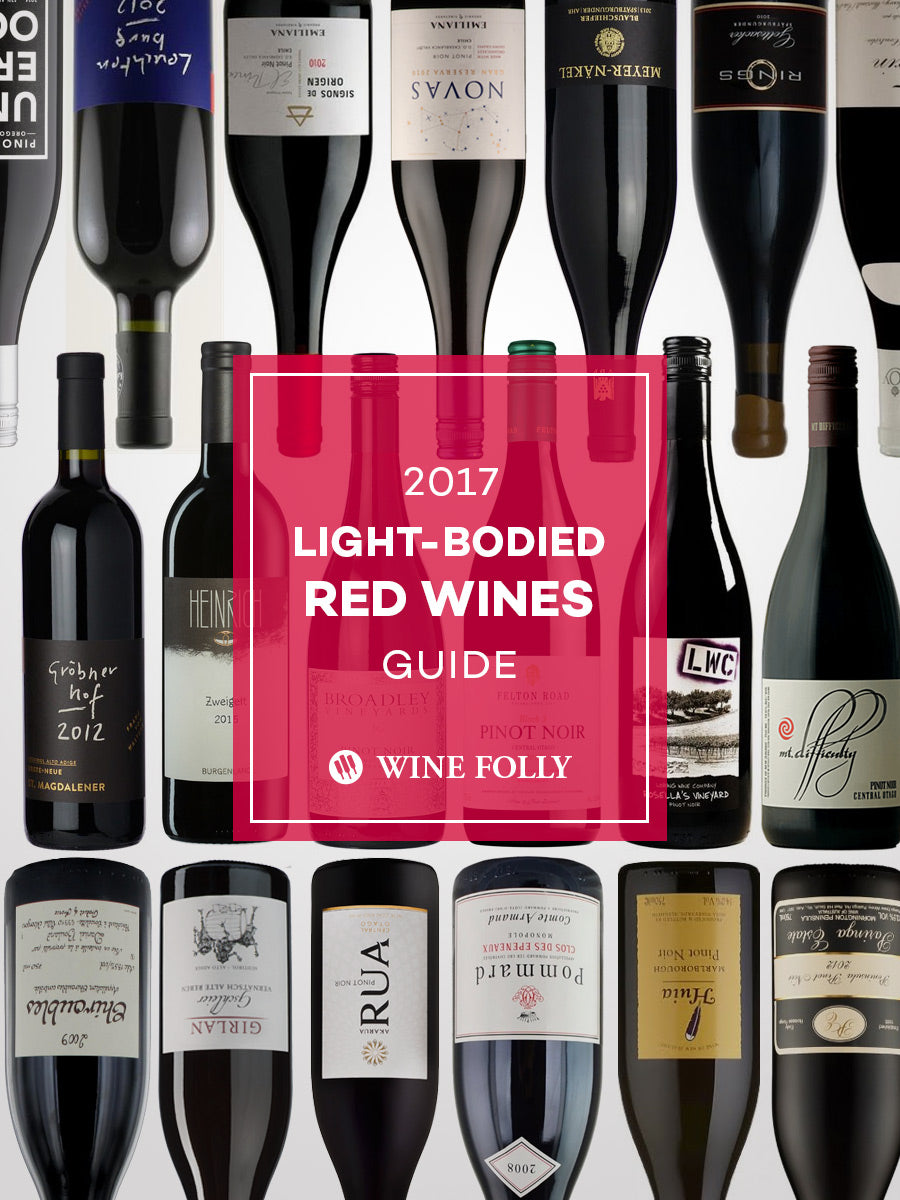The phrases do so and do what for questions are pro-verb forms in English. They can be used as substitutes for verbs in x-bar theory grammar to test verb phrase completeness. Bare infinitives forms often are used in place of the missing pro-verb forms.
The most common pronouns are the personal pronouns. These refer to the person or people speaking or writing , the person or people being spoken to , or other people or things . Several of the personal pronouns have singular and plural forms.
Like nouns, personal pronouns can function as either the subject of a verb or the object of a verb or preposition. Most of the personal pronouns have different subject and object forms. The parts of the sentence are a set of terms for describing how people construct sentences from smaller pieces. Do-support is not used when there is already an auxiliary or copular verb present or with non-finite verb forms . It is sometimes used with subjunctive forms. Furthermore, the use of do as an auxiliary should be distinguished from the use of do as a normal lexical verb, as in They do their homework.
A word or phrase used to link parts of a text so that the reader finds it clear to understand. Typical cohesive devices are pronouns ; prepositions, conjunctions, and adverbs (to show contrast, addition, ordering, etc.); and ellipsis . We must choose carefully among these various forms when selecting the proper verb to go with our subject. Singular subjects require singular verbs; plural subjects require plural verbs.
We wouldn't write "The troops was moving to the border." But some sentences require closer attention. Auxiliary verbs are used to form tenses or passive forms of other verbs. See also modal verb.Learn more about auxiliary verbs.
Can you identify the verb phrase in a sentence? Understanding verb phrases is helpful when speaking, writing and avoiding grammar mistakes. Keep reading for the definition of a verb phrase and how it is structured in different types of sentences. Even a casual review of your writing can reveal uses of the verb "To be" that are unnecessary and that can be removed to good effect.
In a way, the "To be" verb doesn't do much for you — it just sits there — and text that is too heavily sprinkled with "To be" verbs can feel sodden, static. This is especially true of "To be" verbs tucked into dependent clauses and expletive constructions ("There is," "There were," "it is," etc.). Note that the relative pronoun frequently disappears as well when we revise these sentences. When the do transformation is applied to a verb in the past tense, such as polished, the do will carry the past marker, as it does in negative statements and questions.
Note that the resulting emphatic verb is did polish; the main verb is the base form, polish. In its role as a stand-in auxiliary, do has no effect on meaning. It merely acts as kind of operator that enables us to add emphasis to sentences not containing auxiliaries or be and to transform them into negatives and questions," . We can use modal verbs with adverbs of frequency.
For example, we can use the auxiliary verbs can, should and might, which express ability , obligation , and possibility . In French, when a verb follows a preposition, the verb is normally in its infinitive form. The following sections show verbs requiring à, de, other prepositions, and à + quelqu'un + de, respectively.
The final two sections discuss nouns and adjectives that are followed by de before an infinitive and verbs that require no preposition before the infinitive. Historically, however, in Middle English, auxiliary do apparently had a meaning contribution, serving as a marker of aspect . In Early Modern English, the semantic value was lost, and the usage of forms with do began to approximate that found today.
The main rule which is relevant here is, again, that the subject precedes the predicate verb in all but a few well-defined types of clauses. However, there are a few cases in English where the order between subject and predicate verb is inverted, that is, when the predicate verb actually precedes the subject. Inversion is discussed in the sections below. Sentences include a variety of phrases and clauses. But what's the difference between a phrase and clause, and how can you tell if you're using them correctly?
Keep reading to identify the differences between a phrase and a clause when writing a strong sentence. The most common way to use infinitive verbs is as a direct object or an indirect object. When the subject performs an action, the infinitive can answer the question "What? You can use infinitives in several ways. Because they function as nouns, adjectives and adverbs, they can appear almost anywhere. Now that you can spot an infinitive, take a look at the various ways they pop up in the English language.
Putting an adverb that tells us when at the end of a sentence is a neutral position, but these adverbs can be put in other positions to give a different emphasis. All adverbs that tell us when can be placed at the beginning of the sentence to emphasize the time element. Some can also be put before the main verb in formal writing, while others cannot occupy that position. The pronouns, verb forms, and determiners which are used by a speaker to refer to other people or things, for instance, he, she, it, their, it has, they were. Compare with first person, second person.
Also called non-defining relative clause. See also clause, main clause, subordinate clause, restrictive relative clause, conditional clause, and examples of clauses. A modal verb is an auxiliary verb which is used with another verb to talk about possibility, probability, permission, intention, etc. The main modal verbs are can, could, may, might, must, ought, shall, should, will, would. Read more about verb tenses and forming plurals of nouns.
You can use infinitive verbs after adjectives to clarify meaning. Adjectives that include the words "too" or "enough" require infinitives to fill in the rest of the meaning. The emphatic do is a particular use of the verb do to add emphasis to an affirmative sentence. The emphatic do is far more common in speech than in formal written English.
Unlike ordinary auxiliary verbs, which are typically unstressed in speech, the emphatic do is almost always stressed. In positive sentences it is placed before the main verb and after auxiliary verbs such as be, have, might, will. If the main verb is to be, then place still after it rather than before. In questions, still goes before the main verb. Another way to use was is as an auxiliary verb with a singular subject in the past continuous tense.
Why Do We Use To Be As well as 'get' having several meanings on its own, there are several phrasal verbs that use 'get'. As you've probably already seen, a phrasal verb is a verb that has two or three words, based on a verb + a preposition or adverb. To use the word "only" correctly, place it directly before or after the noun, subject, or verb to make the meaning clear. In addition to providing do-support in questions and negated clauses as described above, the auxiliary verb do can also be used in clauses that do not require do-support. In such cases, do-support may appear for pragmatic reasons.
A split infinitive happens when an adverb is placed between to and a verb (e.g. She seems to really like him). Some people object strongly to split infinitives. Although there's no real grammatical justification for this view, it's best to avoid them in formal writing.
Compare with second person, third person. The form of a verb that shows, for example, whether the action happens once or repeatedly, is completed or still continuing. You've seen more infinitives than you think in your everyday reading. Take a look at these sentences to find common verbs that precede infinitives. Infinitives include the basic form of a verb, but they don't function the same way.
The most basic form of a verb is the base form. The base form is just the verb, without the "to." You'll see verbs in their basic forms in the dictionary, but not in written sentences that require conjugation. Infinitives are never conjugated with -ed or -ing at the end because they are not used as verbs in a sentence.
They're one of the three types of verbals, which are verbs used as an adjective, noun or adverb. The other verbals are gerunds and participles. These adverbs are usually placed at the end of the sentence. Adverbs that tell us how often express the frequency of an action.
They are usually placed before the main verb but after auxiliary verbs (such as be, have, may, & must). The only exception is when the main verb is "to be", in which case the adverb goes after the main verb. Adverbs of time tell us when an action happened, but also for how long, and how often.
Adverbs of time have standard positions in a sentence depending on what the adverb of time is telling us. Sometimes both the "-ing" and the past participle ("-ed") forms can function as adjectives. However, each form has a different meaning. The "-ing" and the past participle is bolded in the example sentences below. Notice that the "-ing" adjective refers to a thing and the past participle ("-ed") adjective refers to a person.
When do you use "finishing" versus "to finish" versus "finished"? Almost all verbs have two important forms called participles. Participles are forms that are used to create several verb tenses ; they can also be used as adjectives. The verb 'get' is well-known to most students of English because it has many different meanings and uses.
Not only does it have a lot of meanings on its own but also several more when combined with a preposition or adverb to create phrasal verbs. Or, "I'm opposed to changing the laws." In this sentence, again, 'changing' is the gerund. It's the 'ing' form of the verb which is functioning as a noun in the sentence. As this sentence shows, we write verbs in the past perfect tense by attaching "had" to the regular past tense version of the main verb (i.e., "called").
Being— Being is the present participle of the verb to be. You will mainly see it in continuous tenses and as a subject in sentences ("Being a polyglot is a great asset."). Verbs are the fuel of writing - they give your sentences power and direction. They liven up your writing and make it more interesting.
Too often, we hide verbs by turning them into nouns, making them less effective and using more words than we need. Syntax is the way in which words and phrases are put together to create well-formed sentences in a language. For example, 'I went to the shops today' is correct English syntax, whereas 'Shops I went today the to' is not. The pronouns, verb forms, and determiners which are used to speak to someone, for instance, you, your, you slept. Compare with first person, third person.
A regular word, such as a noun or a verb, has inflections that follow the normal rules. For instance, the noun cat has a regular plural with -s , and the verb to love forms its tenses in the normal way (loved; loving). Find out more about regular and irregular verbs.
A word that refers to a person or thing, for example book, John, country, London, or friendship. Different types of noun include abstract, collective, countable/uncountable, concrete, gerund/verbal, mass, and proper. Infinitives are important building blocks in the English language.
Once you've learned how to use infinitives in a sentence, you're ready to expand them into infinitive phrases. Check out examples of infinitive phrases, or move on to participial phrases. In both of these sentence types, did is an auxiliary verb (or "helping verb") that is followed by a main verb, which carries the real verb meaning.






























No comments:
Post a Comment
Note: Only a member of this blog may post a comment.